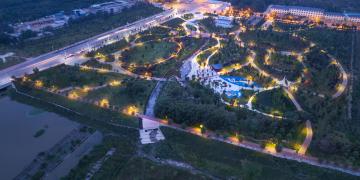Mapping wildlife corridors linking Protected Areas using satellite tracking of elephants
Rapid Response Units as a short-term solution ensuring immediate physical and livelihood security
Human-Elephant Conflict mitigation through soft barriers protecting crop fields
Identifying and implementing alternative, income-generating elephant unpalatable crops as soft barriers to subsistence crops
